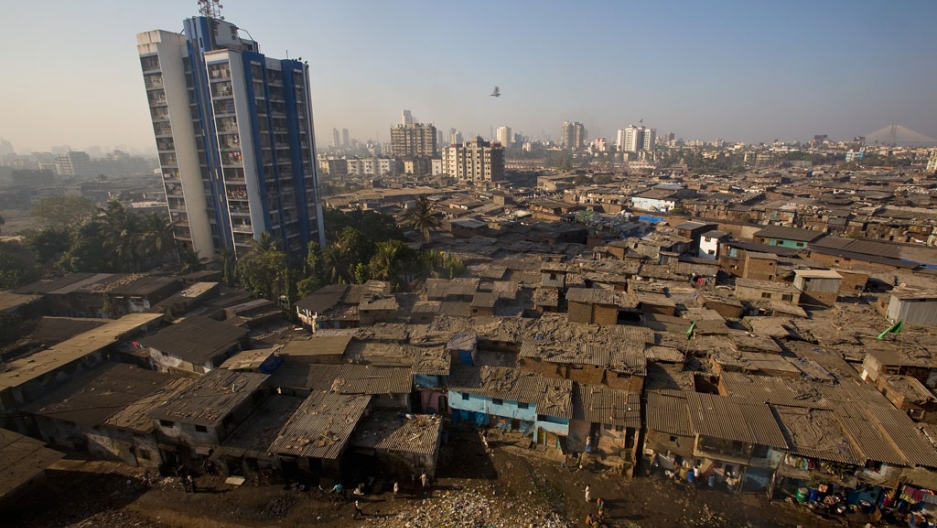
New Delhi: The UN Development Programme (UNDP) released a sobering report on various indices of human development on September 8. The report, which describes the Human Development Index (HDI) for all countries, said COVID-19 has reversed decades of progress and has called for a “jolt” so countries can exit a “global policy paralysis”.
While the values of many indicators have slipped across the planet, India also dropped a rank, to stand at #132 on the list of countries ordered by HDI.
For the first time in 32 years (i.e. since the UNDP has been publishing the HDI), the value of the HDI has declined worldwide for two consecutive years. HDI measures a nation’s health, education and standard of living. “Human development has fallen back to its 2016 levels, reversing much of the progress towards the Sustainable Development Goals.” The HDIs of 90% of the world’s countries dropped either in 2020 or 2021.
The decline is not nearly uniform, however. The HDIs of 40% of the countries declined both in 2020 and 2021 – “signalling that the crisis is still deepening for many”. Countries of Latin America, the Caribbean, Subsaharan Africa and South Asia have been particularly affected.
“There is a nagging sense that whatever control we have over our lives is slipping away, that the norms and institutions we used to rely on for stability and prosperity are not up to the task of today’s uncertainty complex.”
Here is a list of eight important takeaways vis-à-vis India.
Medium HDI – India’s HDI score is 0.633. The maximum score is 1 and the minimum is 0. The HDI is calculated as a geometric mean of 12 indicators in three dimensions: “long and healthy life”, knowledge and “standard of living”. India’s HDI score has dropped for two consecutive years, although it still lies in the “medium HDI” group along with most of Southeast Asia and Africa. However, India is also behind Bangladesh, Iraq and Brazil.
Made with Flourish
Poverty – The report also discusses a “multidimensional poverty index” (MPI), which tries to capture how people experience poverty in multiple ways. It accounts for 12 indicators of health, education and schooling. A little more than a quarter of India’s people (27.9%) live in multidimensional poverty, the report concluded while 22% live with less than Rs 160 a day. India’s MPI score is 0.123 – just ahead of Indonesia and behind Haiti. The lower the score, the better it is.
Wealth inequality – That India is home to so many people experiencing multidimensional poverty – which affects every aspect of life – is only one side of the story. The report also said that India’s richest 1% control 21.7% of the country’s wealth – while 40% of the country’s population controls only 19.8% of the wealth.
Gender-based inequality – In India, the gender inequality index (GII) was 0.490 in 2021; 0.493 in 2020; and 0.486 in 2019. That is, in 2021, it was worse than it was in 2019 but better than in 2020. The GII includes three factors: reproductive health, empowerment and participation in the labour market. India ranked 132 in this category, between Ghana and the Marshall Islands. Note: 13.4% of seats in parliament are occupied by women in India while their participation in the labour market was 19.2%. The Wire


